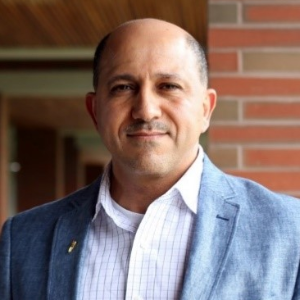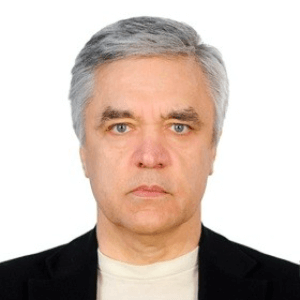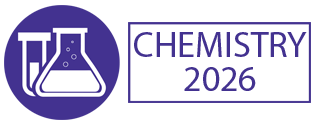Electrochemical Methods
Electrochemical Methods In Chemistry Are Widely Used To Study The Fundamental Properties Of Chemical Compounds Such As Oxidation-Reduction And Corrosion. These Methods Use Electrodes, An Electrolyte Solution, And A Voltage Source To Measure The Oxidation-Reduction Potentials Or Current Of Chemical Species. In Many Cases, Electrochemical Techniques Are Used To Study Reactions That Are Too Slow To Observe In A Laboratory Setting. One Common Electrochemical Technique Is Polarography, Which Measures The Current As A Response To An Applied Voltage. This Technique Is Used To Examine Electrochemical Reactions, Such As Corrosion And Electrocatalysis, At The Molecular Level. Polarography Can Also Be Used To Analyze The Redox Activity Of Complexes, Measure Relative Reaction Rates, And Investigate The Thermodynamics Of Free Energy And Equilibrium. Another Popular Electrochemical Method Is Amperometry, Which Is Used To Analyze Electrochemical Reactions Based On The Current Produced. This Method Is Useful For Determining Reaction Rates, Redox Potentials, And The Kinetics Of Enzymatic Reactions. Electrochemistry Can Also Be Used To Make Electrical Connections With Living Tissues And To Measure The Redox Potential Of The Biological Tissue. This Allows Scientists To Study The Biochemical Processes In A Living Organism. Electrochemical Methods Are Also Essential In The Development Of New Energy Storage Devices, Such As Lithium-Ion Batteries. They Can Be Used To Measure Battery Power Output, Charge And Discharge Efficiency, And Rate Of Energy Release. In Conclusion, Electrochemical Methods Are Widely Used To Study The Fundamental Properties Of Chemical Compounds And To Make Observations That Are Difficult To Make In A Laboratory Setting. These Methods Are Essential For The Study Of Corrosion, Electrocatalysis, Enzymatic Reactions, And Energy Storage Devices, And They Have A Wide Range Of Applications In Chemistry And Biology.

Hossam A Gabbar
Ontario Tech University, Canada
Victor John Law
University College Dublin, Ireland
Alexander Bagaturyants
National Research Nuclear University MEPhI, Russian Federation
Sergey Suchkov
N.D. Zelinskii Institute for Organic Chemistry of the Russian Academy of Sciences, Russian Federation
Shree Niwas Chaturvedi
Centre for Aptitude Analysis and Talent Search, India
Pieter Samyn
SIRRIS, Belgium




Title : Advances in plasma-based radioactive waste treatment
Hossam A Gabbar, Ontario Tech University, Canada
Title : Unraveling the ultrastructure and functions of the neuronal membrane skeleton using super-resolution fluorescence microscopy
Zhou Ruobo, Djillali Liabes University of Sidi Bel Abbes, Algeria
Title : Solar box cooker dehydration, and relative humidity endpoint detection, of lamiaceae culinary leaves on the island of Crete
Victor John Law, University College Dublin, Ireland
Title : Nutrient and heavy metal loads from the Ribeiras to Coastal zones: A land-ocean continuum perspective in Madeira Island
Aracelis Del Carmen Narayan Rajnauth, University of Porto, Portugal
Title : Prospective polyoxometalate-based covalent organic framework heterogeneous catalysts
Arash Ebrahimi, Comenius University Bratislava, Slovenia
Title : Eliminating implant failure in humans with nano chemistry: 30,000 cases and counting
Thomas J Webster, Brown University, United States